Firearm Prohibition Orders soar but gun crime remains stable
Firearm Prohibition Orders (FPOs) have exploded more than 650 per cent in the past three years but have had little discernible impact on gun offences, analysis of crime data reveals. It comes amid fears the orders are being overused.
Firearm Prohibition Orders (FPOs) have exploded more than 650 per cent in the past three years but have had little discernible impact on gun offences, analysis of crime data reveals.
It comes as the country’s peak anti-gun lobby, Gun Control Australia, fears the orders are being overused for “matters that have nothing to do with firearms”.
The draconian laws allow police to stop and search someone served with a FPO, their car or even a house they are visiting at any time, anywhere and as often as they like without a warrant.
Police do not even have to form a reasonable suspicion before detaining and searching someone with a FPO.
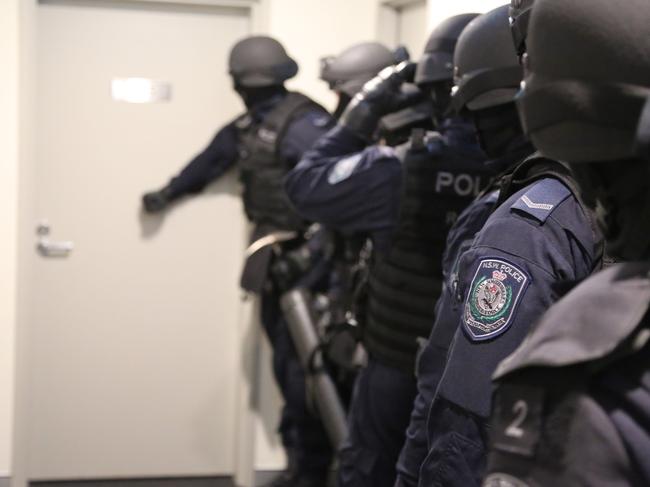
The virtually unfettered powers were introduced in November 2013 to stem the scourge of drive-by shootings in Sydney’s south west but analysis of recent Bureau of Crime Statistics and Research (BOCSAR) data shows they have had little impact on gun crime.
Besides Sydney’s south west, where the majority of FPOs have been issued, there also appears to be very little consistency between an area’s population, local crime rates and the number of FPOs issued in a certain police command or district.
It raises serious questions about whether they are being overused in some areas simply as a convenient means of keeping troublemakers on a short leash.
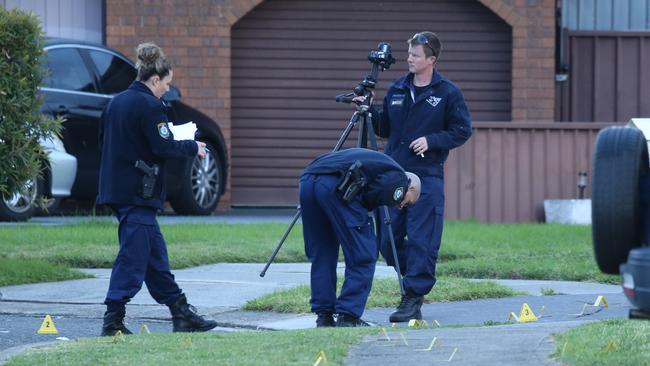
Police do not need a court’s permission to issue a FPO, nor does someone need to have previous firearms or any other offences to be slapped with one and there is no direct avenue of appeal or right of review.
Before the FPO legislation was beefed up, bikies and criminal gangs were lighting up Sydney’s south west where there were 86 drive-by shootings into homes and businesses between July 2011 and June 2012, with a further 87 unlawfully discharged firearms in public.
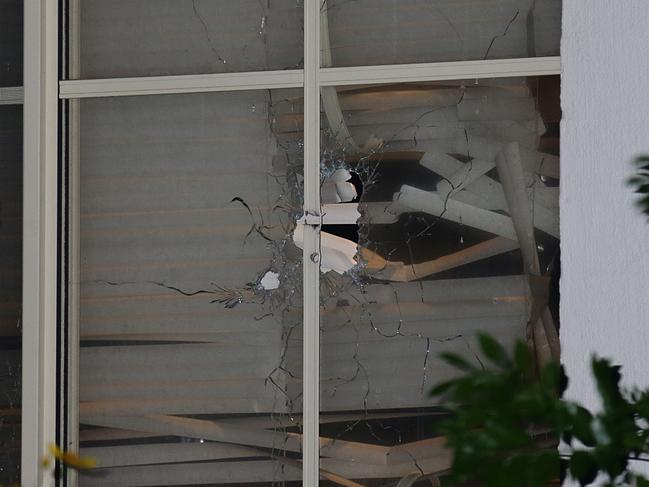
After 250 FPOs were issued in 2014 the number of drive-bys dropped to 50 in the 12 months to June 2015 and 38 shootings the following year after the number of FPOs issued jumped to 520.
Today, according to figures obtained under freedom of information, there are a staggering 3914 FPOs issued across the state — an increase of 652 per cent in three years — despite drive-by shootings remaining stable over the past five years.
Gun Control Australia president Samantha Lee said firearm crime was a serious issue and preventing such crime was complex and required well-informed, strategic police work and policy development.
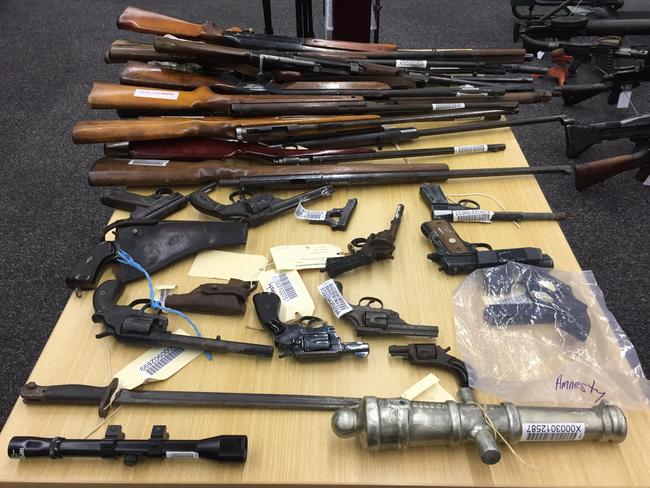
“The fact FPOs provide police with powers way beyond your general warrant and don’t require court approval, meant such orders were always going to be susceptible to being over used and used for matters that have nothing to do with firearms,” Ms Lee said.
“There is no real evidence to suggest that FPOs are helping to prevent gun crime and may be providing the community with a false sense of security. It is time the government looked at other strategies to prevent gun crime — like preventing hundreds of firearms being stolen each year in NSW.”
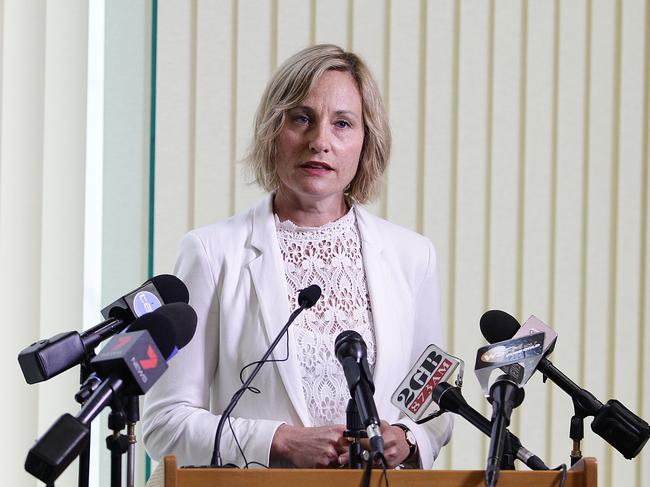
Brisbane Water ranked tenth in NSW with 104 FPOs with Tuggerah Lakes slipping into the top 20 with 79.
Combined the Central Coast ranks third with 183 FPOs behind the 235 people who have either moved interstate, overseas or have no fixed abode and Bankstown with 188.
According to BOCSAR data Bankstown’s rate of prohibited and regulated weapons offences per 100,000 population is 115.1 — well below the overall NSW rate of 171.9.
Similarly the Central Coast has a rate of 159.6 for these offences, which could indicate FPOs are driving down gun-related crime.
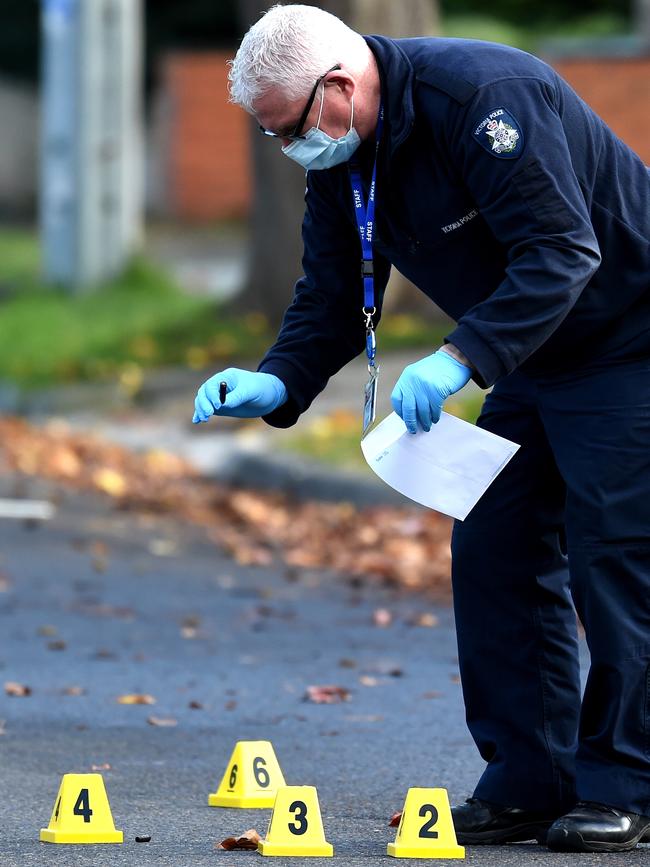
However Campbelltown (ranked seventh) has 142 FPOs and a prohibited and regulated weapons rate of 183.4 while Nepean (ranked eight) with 121 FPOs has a rate of 234.9, which could indicate dishing out FPOs like candy was having no impact on gun crime.
The data is even more erroneous for robbery with firearm offences where the rate on the Central Coast per 100,000 population was 1.8 — just shy of the overall NSW rate of 1.9.
However Auburn, ranked fourth with 172 FPOs, had a rate of 4.7 — more than double the state average — while the Sutherland Shire, which had very few FPOs at just 28, also had very few robberies with a firearm.
In fact BOSCAR data shows Sutherland Shire had just one robbery with a firearm in the past two years.
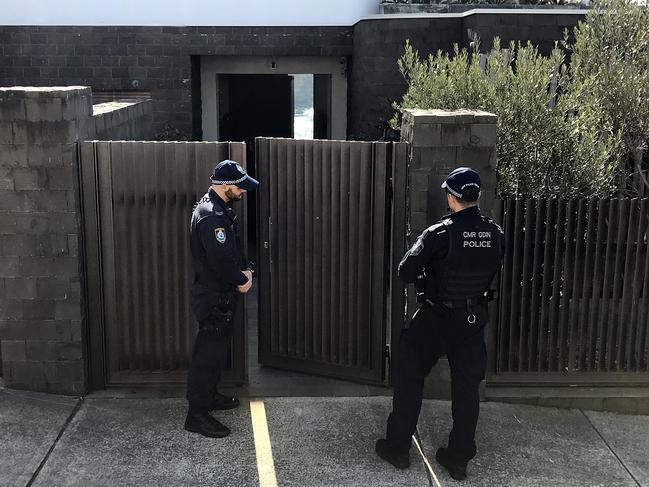
NUMBER OF FPOs ISSUED IN EACH POLICE COMMAND
1/. Unknown* 235
2/. Bankstown 188
3/. Liverpool City 174
4/. Auburn 172
5/. Fairfield City 161
6/. Cumberland 158
7/. Campbelltown 142
8/. Nepean (Penrith) 121
9/. Port Stephens-Hunter 105
10/. Brisbane Water 104
11/. Newcastle City 101
12/. Hunter Valley 99
12/. Orana Mid Western 99
14/. Lake Macquarie 90
15/. Mid North Coast 85
15/. Mt Druitt 85
17/. Lake Illawarra 81
18/. Tuggerah Lakes 79
19/. St George 78
20/. Quakers Hill 74
20/. Riverina 74
22/. Wollongong 73
23/. Chifley 72
24/. Campsie 68
25/. South Coast 65
26/. Camden 60
27/. Eastern Beaches 59
28/. Oxley 57
29/. The Hume 55
30/. New England 52
31/. Manning Great Lakes 50
32/. Burwood 49
33/. Blacktown 45
34/. Murray River 44
35/. Murrumbidgee 40
36/. No address recorded 38
36/. The Hume 38
38/. Central West 34
39/. Richmond 33
40/. Leichhardt 32
40/. Tweed/Byron 32
40/. Central North 32
43/. Redfern 29
43/. Coffs/Clarence 29
45/. Sutherland Shire 28
45/. Parramatta 28
47/. Hawkesbury 27
48/. Northern Beaches 26
49/. Inner West 25
50/. Botany Bay 24
51/. Monaro 23
52/. Ryde 21
53/. Blue Mountains 19
53/. Kings Cross 19
55/. Sydney City 17
56/. Barrier 16
57/. Kuring Gai 15
58/. North Shore 14
59/. Eastern Suburbs 12
60/. Surry Hills 9
61/. Marine Area Command 1
* Unknown: refers to people issued a FPO that have moved interstate, overseas or have no fixed abode.


